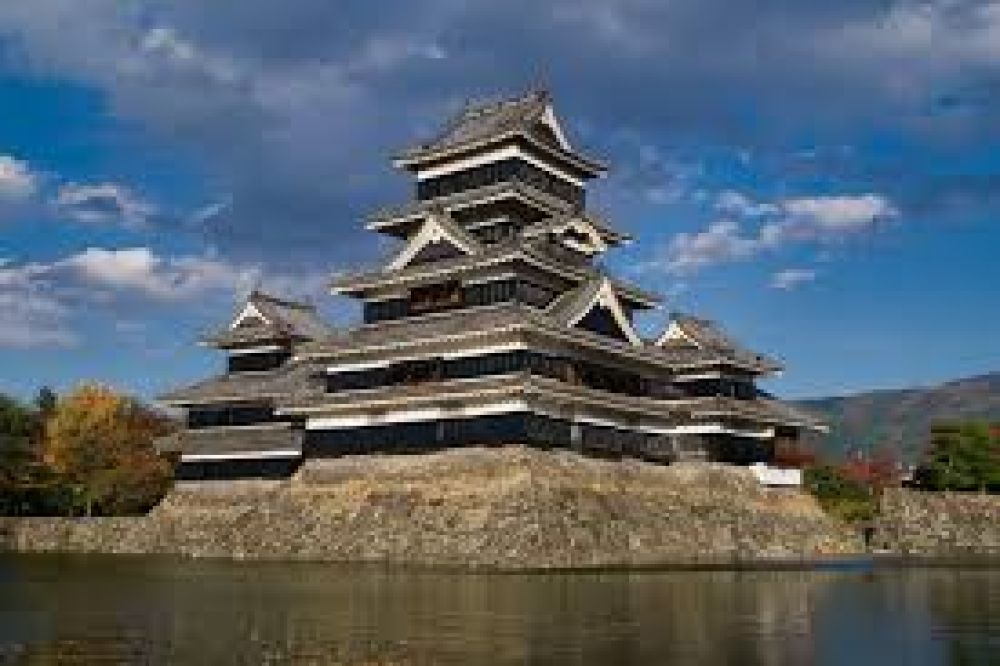

Matsumoto Castle, also known as "Crow Castle" due to its distinctive black exterior, is one of Japan's premier historic castles and a pinnacle of Japanese heritage. The castle's history dates back to the 16th century, when it was built during the Warring States period. It stands as a remarkable example of a "hirajiro" - a castle built on a plain rather than on a hill or mountain.
Unlike many other Japanese castles that have been destroyed by wars, earthquakes, or fires and rebuilt using modern materials, Matsumoto Castle has maintained much of its original wooden interiors and stonework. Because of this, in 1952, it was designated as a National Treasure of Japan, emphasizing its importance in Japanese cultural and historical preservation.
Tourism at Matsumoto Castle began to flourish significantly in the post-war period, particularly after being designated a national treasure. Recognition of the castle's architectural significance, historical value, and its picturesque setting against the backdrop of the Japanese Alps attracted both domestic and international tourists. Efforts to preserve and promote the castle were paired with the growing interest in Japanese culture and history.
With the expansion of Japan's railway network and later, the convenience of air travel, access to Matsumoto became easier, catalyzing the growth of tourism. Visitor facilities improved, and Matsumoto Castle steadily rose as a must-see destination for those traveling in the Nagano Prefecture.
In recent years, Matsumoto Castle has capitalized on the global interest in Japanese culture, which has been bolstered by the country's pop culture, cuisine, and technological innovations. Seasonal trends such as cherry blossom viewing in spring and autumn foliage also contribute to the castle's allure, drawing large crowds during these peak seasons.
Visitors to Matsumoto Castle can enjoy various cultural events and festivals throughout the year, including the Matsumoto Castle Ice Sculpture Festival in winter and the Takigi Noh performances—a form of traditional Japanese theatre—held in summer. These events enrich the visitor experience, providing a deeper understanding of Japanese traditions and arts.
With the rise of sustainable tourism, there has been an increased focus on preserving Matsumoto Castle’s integrity and ensuring that visitation does not negatively impact the site. Measures have been taken to preserve the castle's structure, control visitor numbers during peak seasons, and reduce the environmental footprint of tourism. Education and engagement about the castle's heritage are also key components of the visitor experience, fostering a culture of respect and preservation among tourists.
Matsumoto Castle continues to evolve as a tourist destination while maintaining its historical significance. Plans for enhancing visitor facilities and creating interactive experiences using modern technology are expected to continue the trend of immersive and educational tourism.
The future of tourism at Matsumoto Castle looks vibrant with an ongoing commitment to balancing the preservation of its history and tradition with the needs of the modern traveler. As it has for many decades, Matsumoto Castle stands ready to welcome a new generation of visitors to discover the beauty and history of this iconic Japanese landmark.